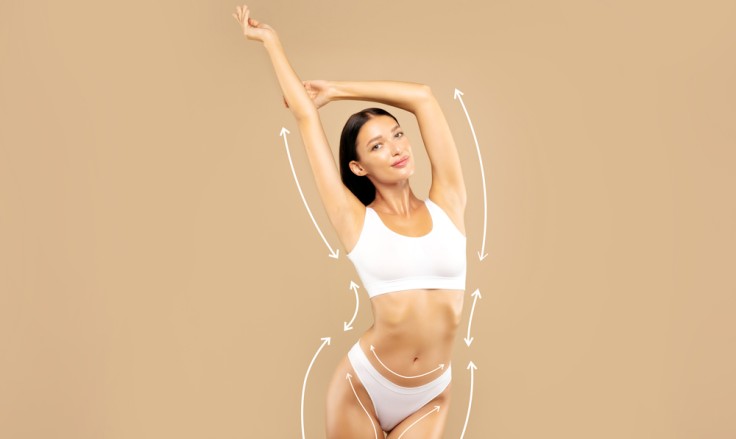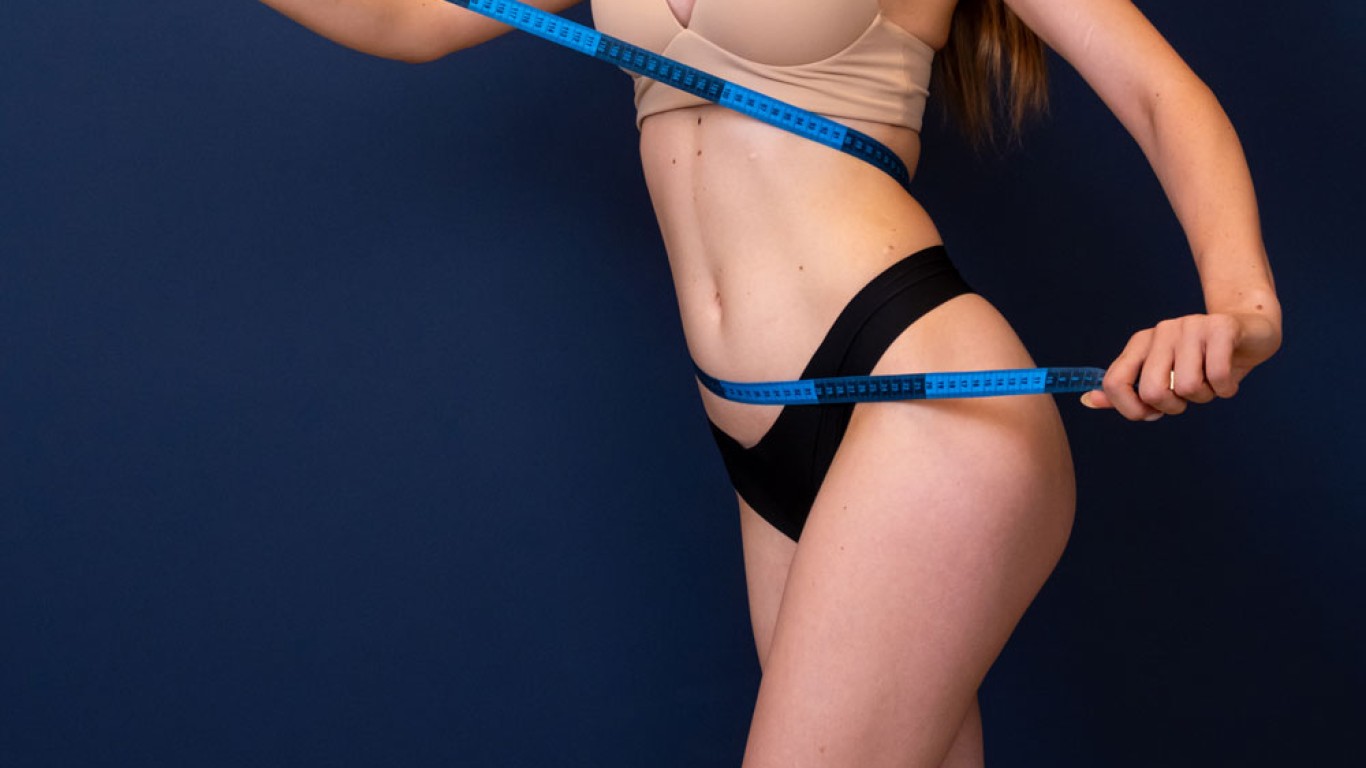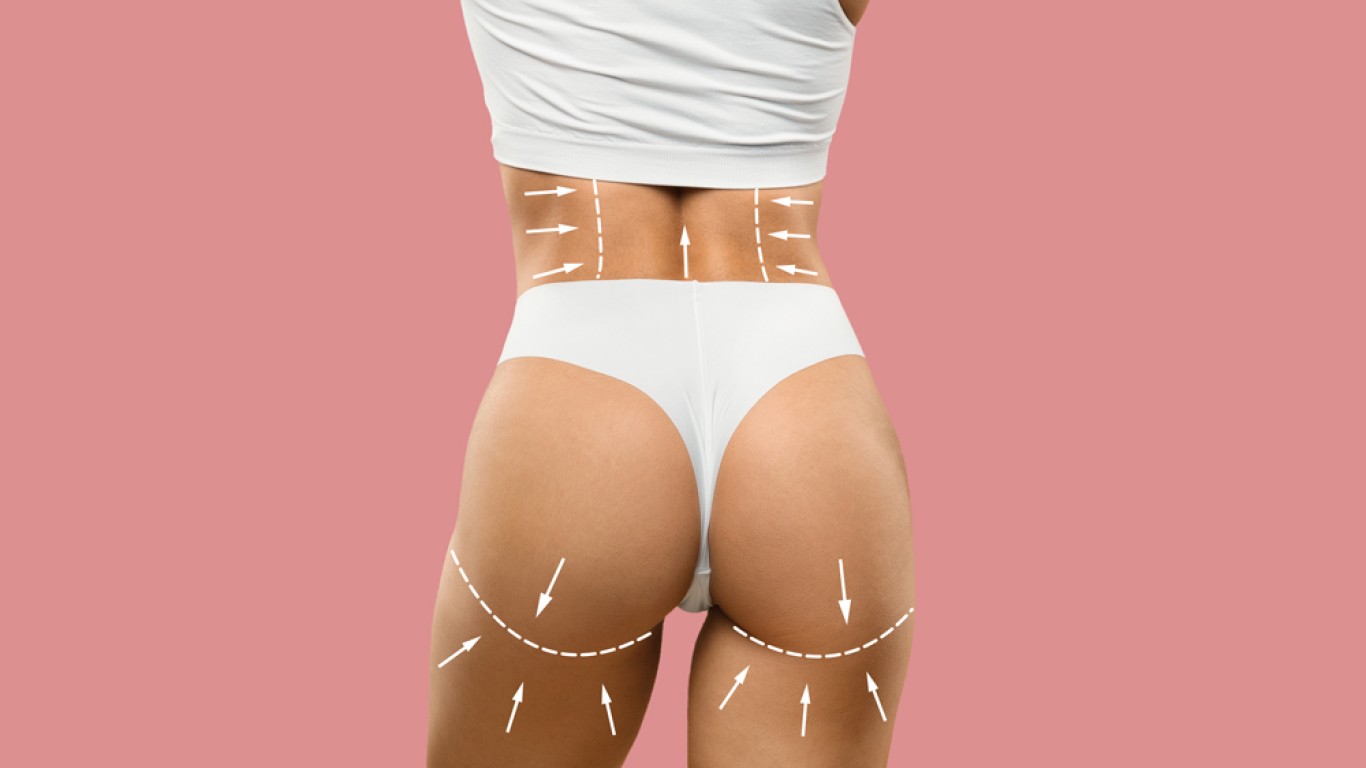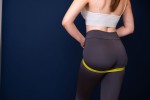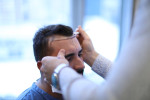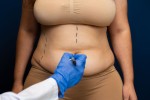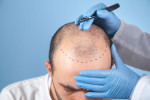Significant weight loss changes the body in many ways. Although it improves overall health, it often leaves loose skin, uneven contours, and reduced tissue support. These changes occur because skin and underlying structures cannot always contract fully after rapid or large weight reduction. Consequently, body sculpting after weight loss has become a key area in modern aesthetic treatment. This guide explains the main procedures available in 2025. Learn how surgeons plan treatment, and the technical factors that determine long-term contour stability.
Why Body Sculpting After Weight Loss Is Needed
Weight loss reduces fat volume but does not always reduce the stretched skin surrounding it. Ligaments, fascia, and connective tissues weaken under prolonged tension. Therefore, after achieving weight goals, many individuals experience skin folds, weakened support, and irregular contours.
These changes are most common around the abdomen, thighs, arms, chest and back. Body sculpting after weight loss addresses these structural issues. It does this by removing excess tissue and improving support across multiple areas. Each treatment is chosen according to the degree of laxity and skin behaviour.
How Surgeons Assess Post-Weight Loss Anatomy
Assessment involves examining skin thickness, elasticity, fat distribution, and muscle condition. Surgeons also analyse how weight loss has affected natural body proportions. Additionally, they evaluate the strength of deeper tissues because structural support influences technique choice.
Advanced imaging tools in 2025 provide detailed maps of tissue behaviour. These scans measure redundancy, stretch patterns, and ligament integrity. The findings guide surgical planning for balanced shaping.
Body Sculpting After Weight Loss: Tummy Tuck Techniques for Abdominal Refinement
Abdominal changes remain one of the most common concerns after weight loss. Tummy tuck procedures help restore structure by removing excess skin and repairing separated muscles.
There are several approaches:
- Full Abdominoplasty: Removes skin above and below the navel and tightens abdominal muscles.
- Extended Abdominoplasty: Treats the abdomen, flanks, and lateral thigh area simultaneously.
- Fleur-de-lis Abdominoplasty: Removes both vertical and horizontal excess for significant laxity.
These methods support body sculpting after weight loss. They restore abdominal contour and improve support across the midsection.
Body Sculpting After Weight Loss: Arm Lift for Upper Arm Contouring
Weight loss often leaves loose skin along the upper arms. An arm lift, or brachioplasty, removes this excess tissue and improves arm contour. Surgeons assess skin quality, fat levels, and muscle shape before selecting the incision pattern.
In 2025, many clinics combine brachioplasty with targeted liposuction for smoother transitions. This improves accuracy across the upper arm and axillary regions.

Body Sculpting After Weight Loss: Thigh Lift for Lower Body Refinement
The thighs can retain significant laxity following weight reduction. Thigh lift procedures tighten skin along the inner or outer thighs. They use vertical, horizontal or combined incision patterns.
Specialists choose incision placement according to skin behaviour and the degree of lift required. Controlled tension helps maintain stable results without over-tightening.
Body Sculpting After Weight Loss: Back and Flank Contouring
Back rolls and flank tissue folds are common concerns after weight loss. Back lifts remove tissue through horizontal or diagonal incisions across the upper or lower back. Surgeons typically combine these procedures with flank contouring for a uniform result.
Because the back contains thick tissue layers, assessment focuses on fascia strength and skin tension. This ensures safe and secure closure after tissue removal.
Body Sculpting After Weight Loss: Breast Reshaping
Significant volume loss can flatten the breast shape. Options for post-weight loss breast refinement include:
- Breast lift
- Breast lift with implants
- Breast reduction with lift
These techniques restore structure by repositioning tissues and removing excess skin. In 2025, surgeons will often use internal support methods to reinforce the breast footprint.
Body Sculpting After Weight Loss: Liposuction as a Complementary Tool
Although liposuction removes fat rather than skin, it remains an important part of body sculpting after weight loss. Surgeons use it to refine contours after skin removal procedures. It targets areas where residual fat remains uneven or resistant.
In 2025, power-assisted and ultrasound-assisted liposuction help improve precision and reduce trauma to surrounding tissues.
Combining Multiple Procedures Safely
Many patients require more than one procedure due to widespread tissue laxity. Combined treatments follow strict safety guidelines. Surgeons consider healing capacity, nutrition, and overall health when planning sessions.
Procedures may be staged to reduce strain on the body. Staged approaches allow better control of swelling and tissue settling. Accurate planning ensures stable contour refinement across multiple anatomical regions.
Conclusion
Body sculpting after weight loss provides structured solutions. It targets loose skin, weakened support and altered contour across the body. Through targeted procedures, detailed assessment, and advanced planning tools, surgeons refine body shape using safe and precise methods. The 2025 approach emphasises proportion, anatomical accuracy, and coordinated correction across multiple regions.
For more information and to book a consultation visit the ACIBADEM Beauty Center Aesthetics webpage.
Frequently Asked Questions
Common areas include the abdomen, arms, thighs, and back.
Some cases are combined, while others require staged procedures.
Yes, stable weight and proper care maintain results.
No, liposuction removes fat but not excess skin.
They assess tissue quality, skin behaviour, and overall symmetry.
